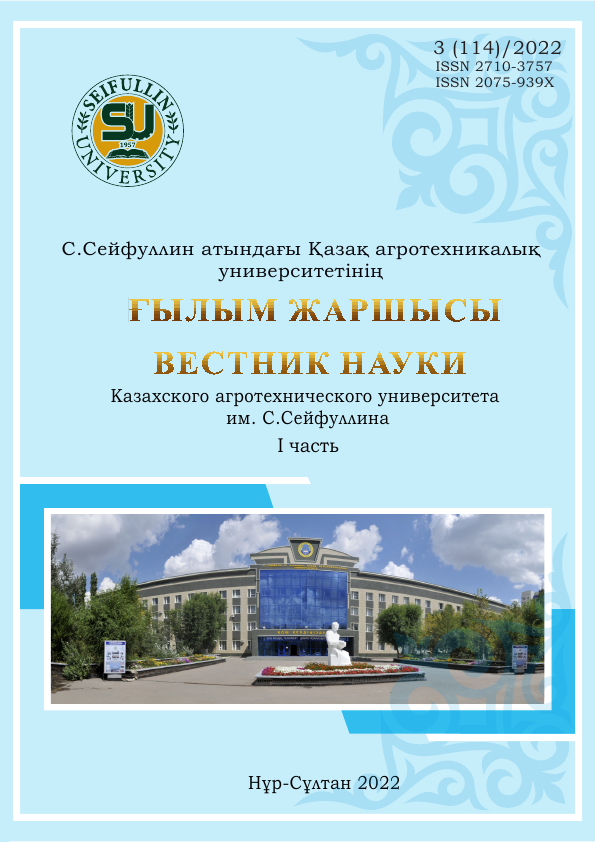SPATIO-TEMPORAL ANALYSIS OF THE EPIZOOTIC SITUATION OF ANIMAL RABIES IN KAZAKHSTAN
DOI:
https://doi.org/10.51452/kazatu.2022.3(114).1118Keywords:
rabies; epizootic process; infectious diseases; epizootic situation; zoning; wildAbstract
Rabies in Kazakhstan is a long-term problem that causes serious losses to the country's economy. In the context of current economic progress, it is important to take scientifically-based strategic measures to eliminate it in accordance with the modern features of the spread of infection. This article reflects the results of epizootological monitoring of animal rabies in the Republic of Kazakhstan over the past 10 years. The results of the study showed that there is a prevalence of rabies outbreaks in 4 oblasts of the country (East Kazakhstan, Zhambyl, West Kazakhstan and Turkestan), in particular 58% of the total number of outbreaks fall on these administrative territories. In the specific manifestation, the disease was registered in most cases among agricultural and domestic animals, however, in 2020-2021 there is an increase in the number of rabies registrations also among wild animals. The features of modern epizootics of rabies can also include the appearance of new outbreaks in previously prosperous territories of Pavlodar and North Kazakhstan regions. In general, the results obtained are applicable to increase the effectiveness of preventive measures for animal rabies in the country.

